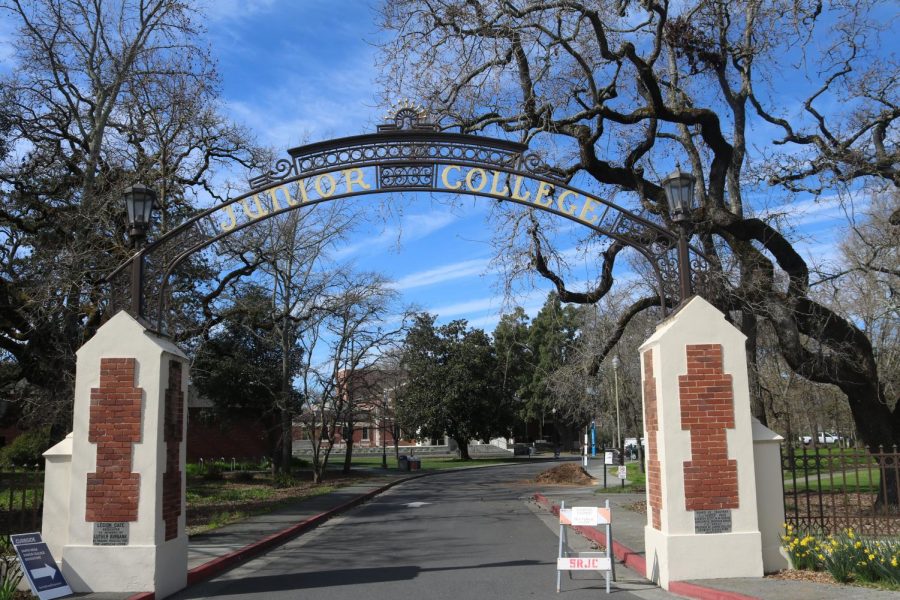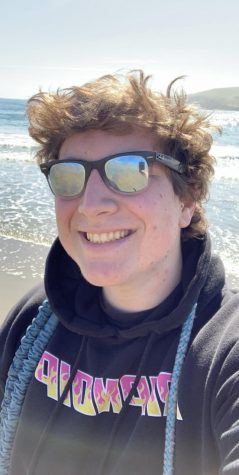Santa Rosa Junior College will offer as many in-person classes as possible for the Fall 2021 semester, according to SRJC President Dr. Frank Chong and Jane Saldana-Talley.
This represents an expansion of what was included in Dr. Chong’s email to all students and faculty on April 8 saying that classes for the Fall semester would remain mostly online with some classes returning to campus, which came out only a day after Gov. Gavin Newsom’s announcement that California would reopen by June 15.
According to Dr. Chong, SRJC will still have a wide range of remote-learning classes for the Fall, however on-campus classes will return in a way that follows CDC guidelines for adult education, meaning masks will be required and students will need to maintain a 6-foot social distance.
Dr. Chong acknowledged that small classrooms like those in the Emeritus building could only fit at most around six to seven students while maintaining a safe social distance from each other, a concept that he deemed pointless.
“It doesn’t really make sense to try and do that. What we’re doing is taking an inventory of all the classes at the college, particularly the larger ones,” Chong said. “We’re trying to figure out how many classrooms we can offer classes where we can still be in compliance with the regulations.”
This comes after Dr. Chong’s April 8 email sent to all students and faculty that SRJC would remain mostly online through the Fall with the possibility of some classes returning to the campus, an announcement that received resounding criticism from both students and faculty.
Vice President of Academic Affairs Jane Saldana-Talley said SRJC administration is in the process of creating room charts for classrooms that the college will use for instruction Fall 2021. Instructors have submitted requests for their preferred teaching method, however, they will have to cooperate with other instructors who want to use the available space on campus for their classes. She also said that classrooms will need to be disinfected between classes, limiting how many classes can be held during the day.
“That may sound a little too much but we are held to a really high standard if we have a COVID positive situation,” Saldana-Talley said. She explained that Cal/OSHA considers an outbreak to be three or more people getting sick, in which case the college would have to conduct contact tracing.
Both Dr. Chong and Jane Saldana-Talley acknowledged that SRJC received more than $23 million in CARES funding both for students and for the college to utilize for protective purposes, such as installing new air filtration in buildings and purchasing equipment such as disinfectants and high-efficiency particulate air filters.
Saldana-Talley also said that students and faculty will not be required to be vaccinated for COVID-19 to return to campus as all community colleges in California are not allowed to mandate the vaccine, even though CSUs and UCs will be.
“I think that everyone just needs to understand that we are kind of in a situation that is very much like being out in the public; you don’t know who has been vaccinated or not so you just have to follow good protocols,” she said.





